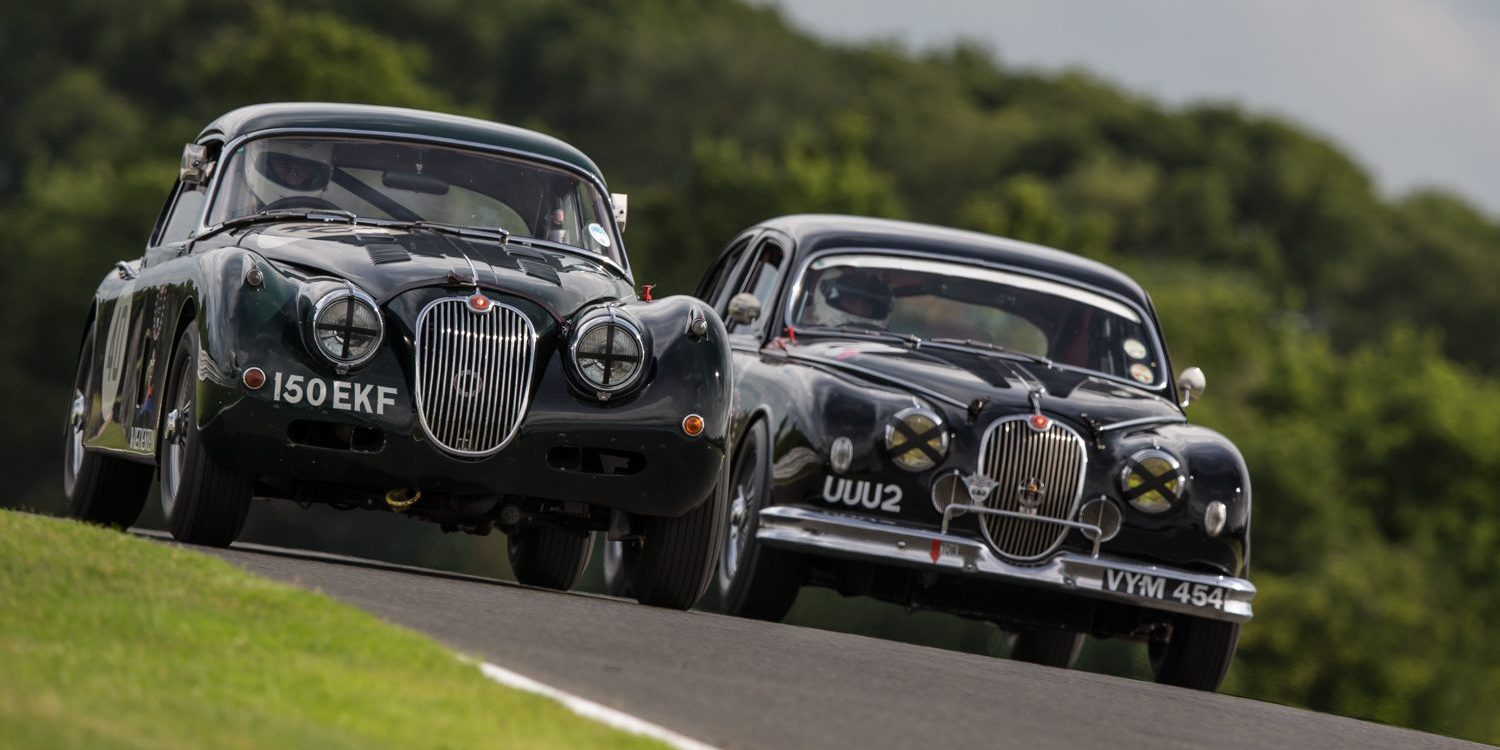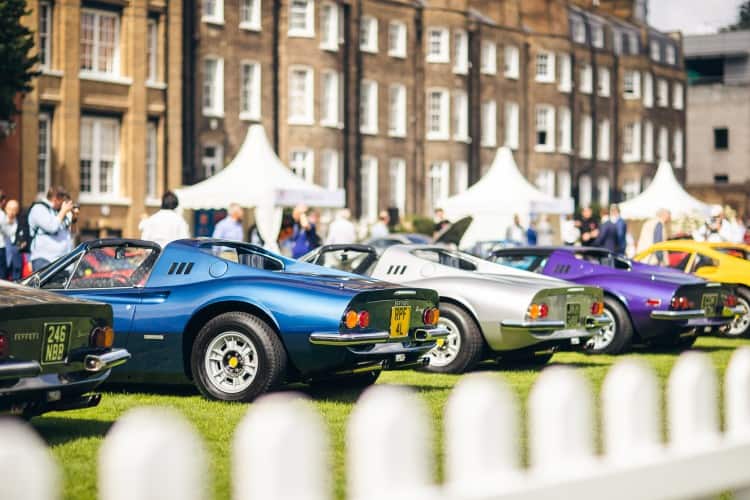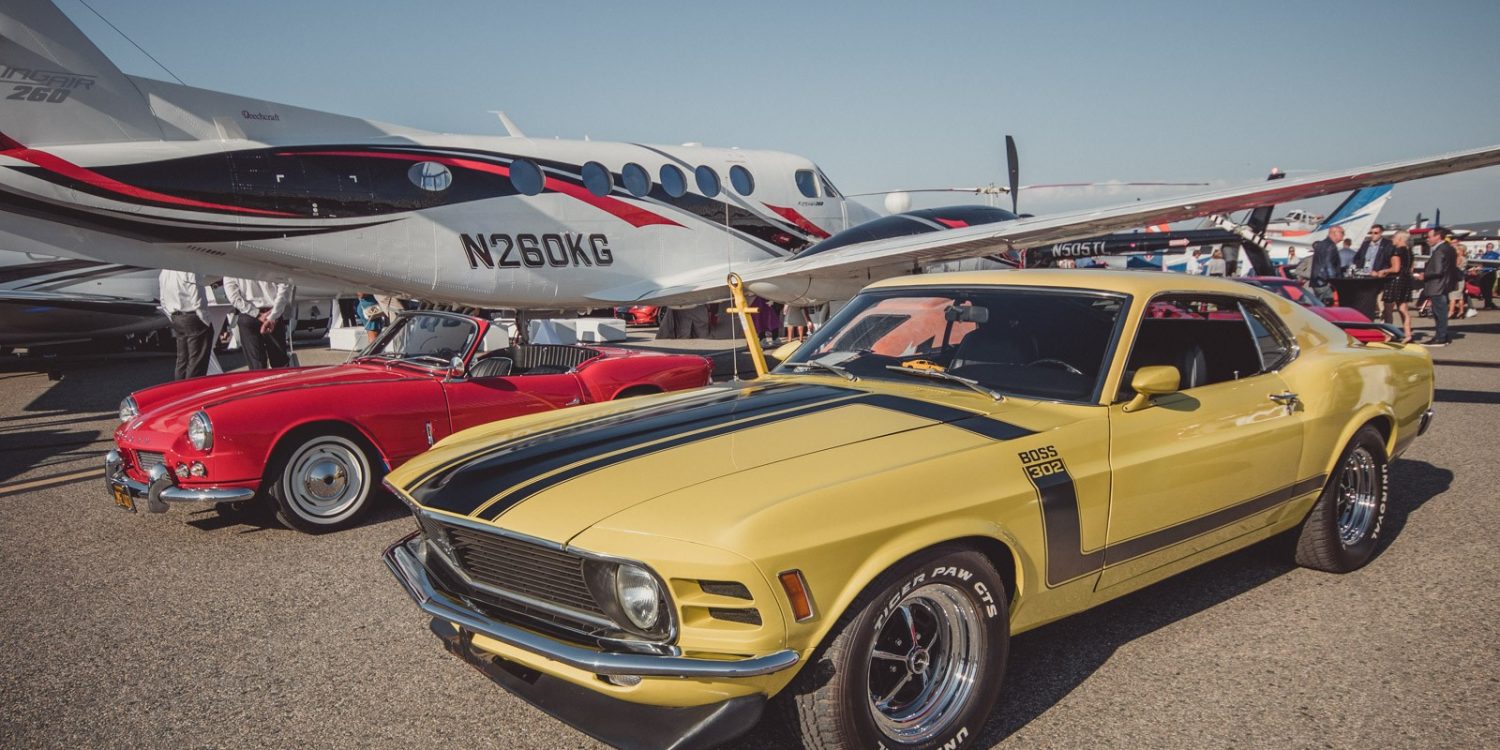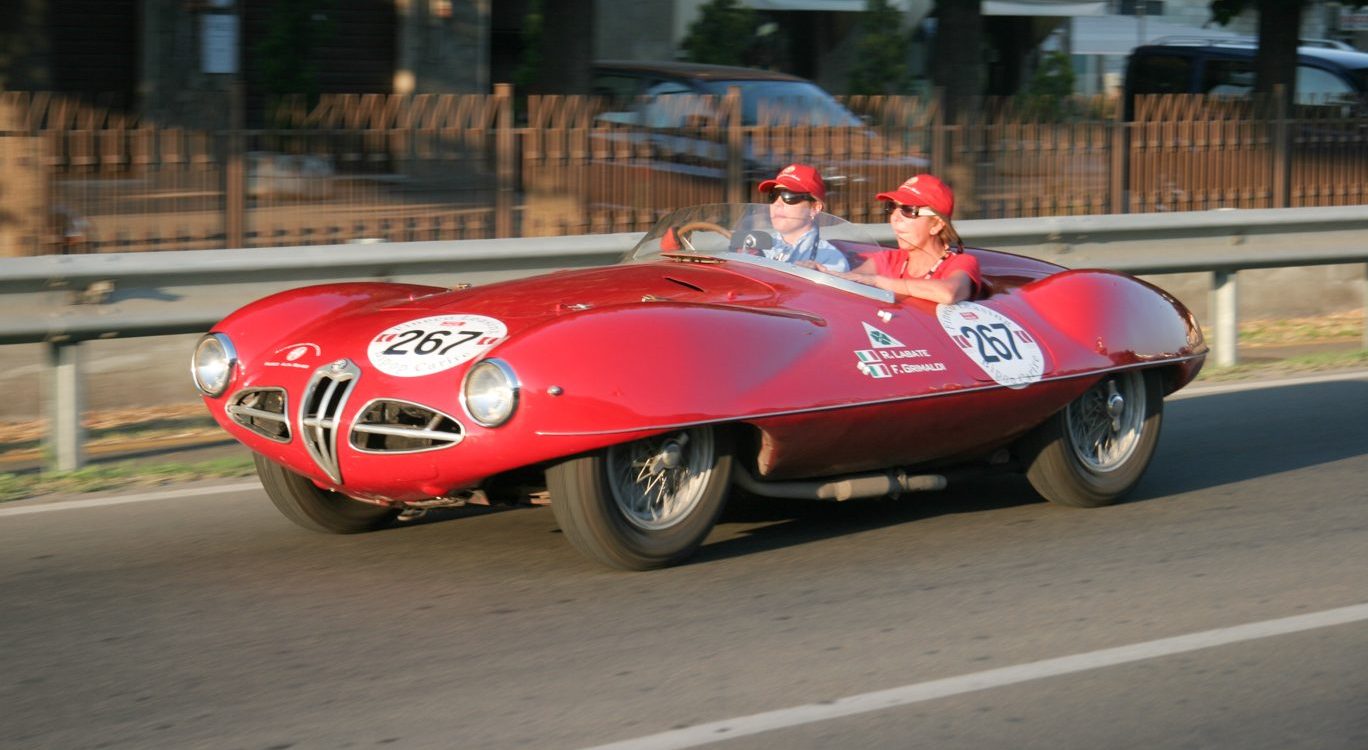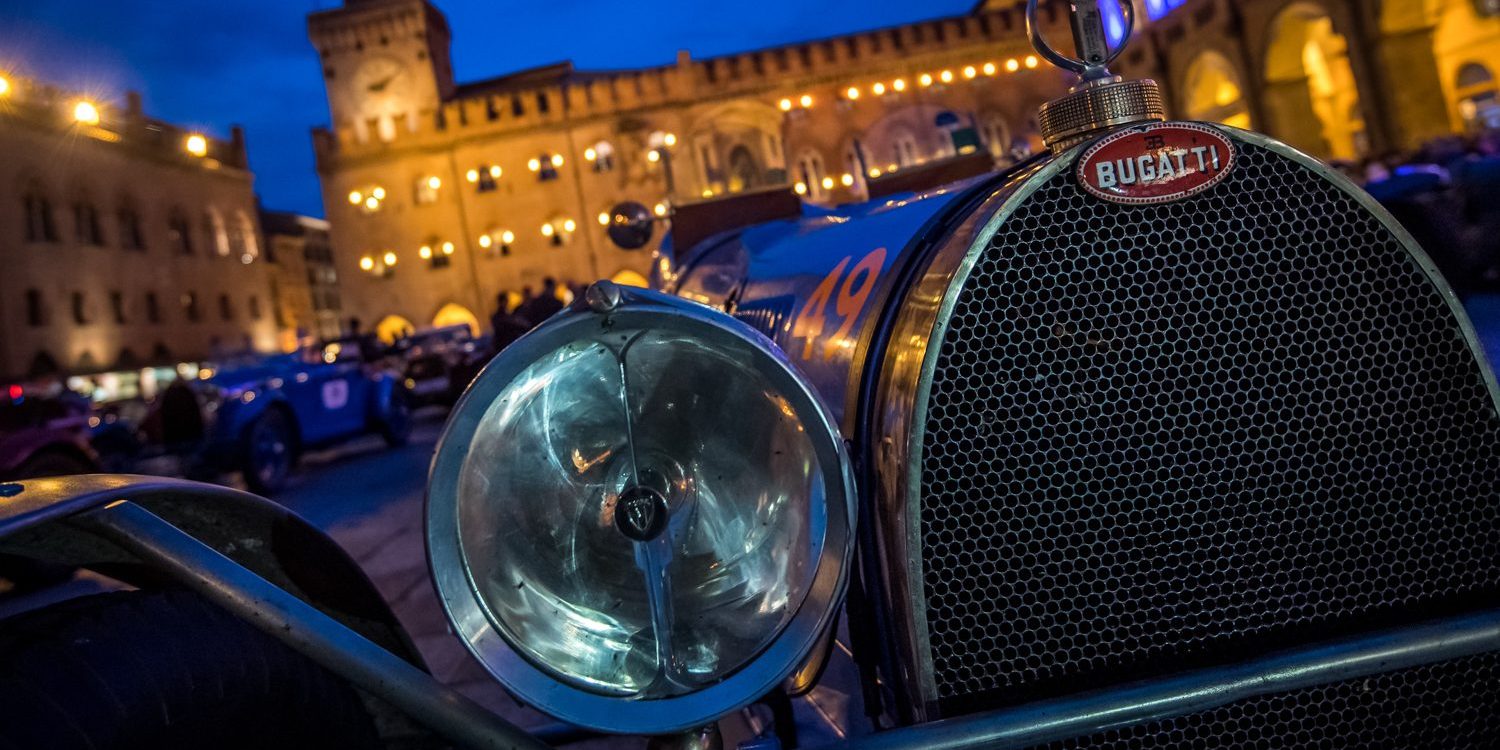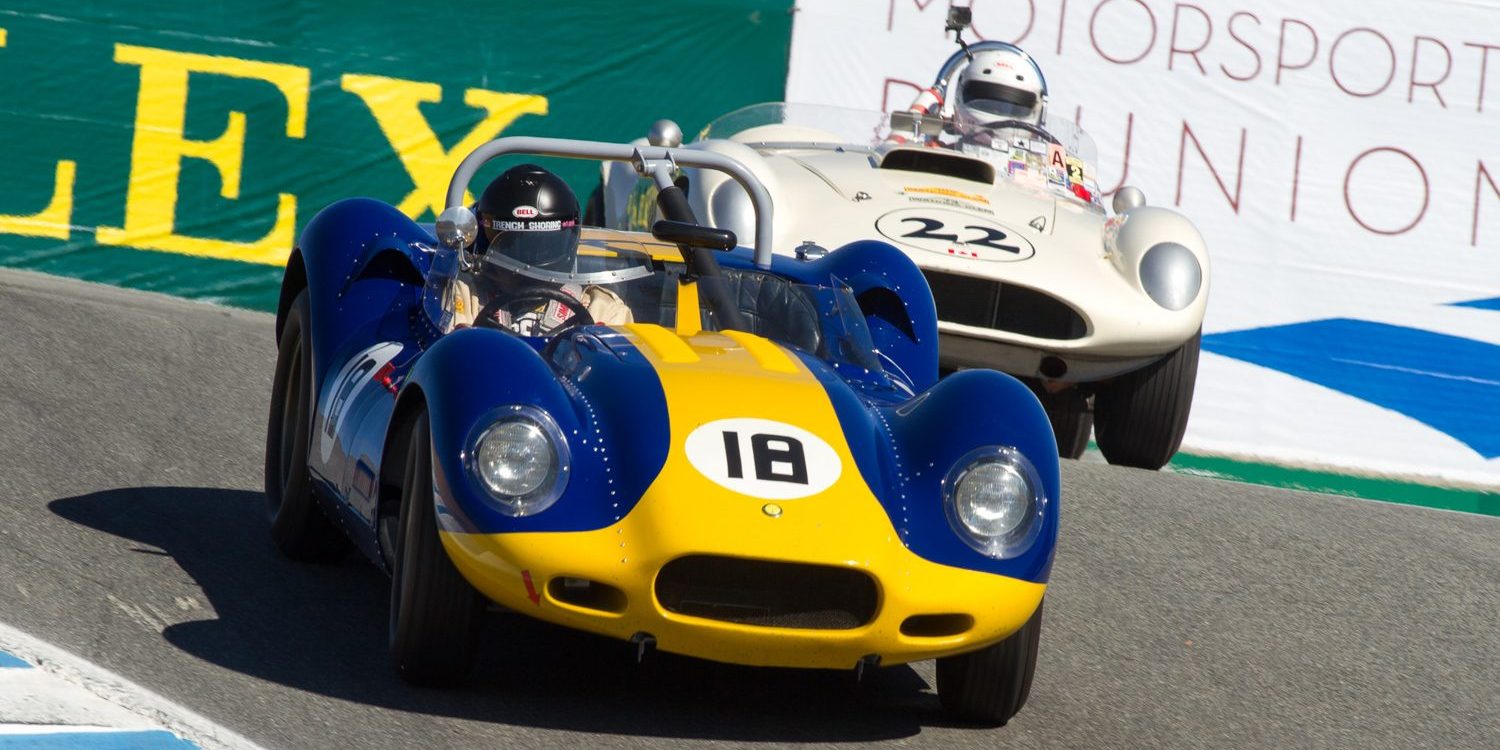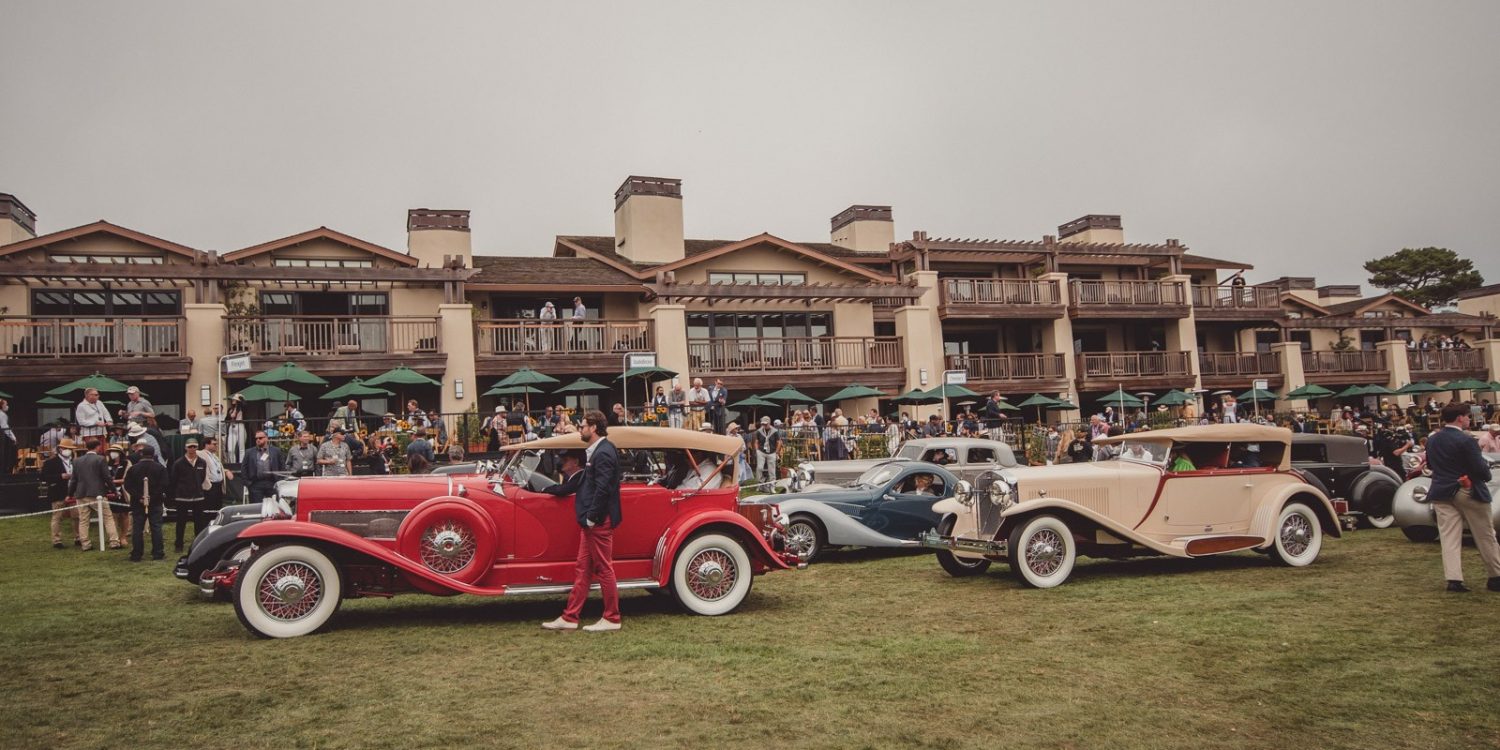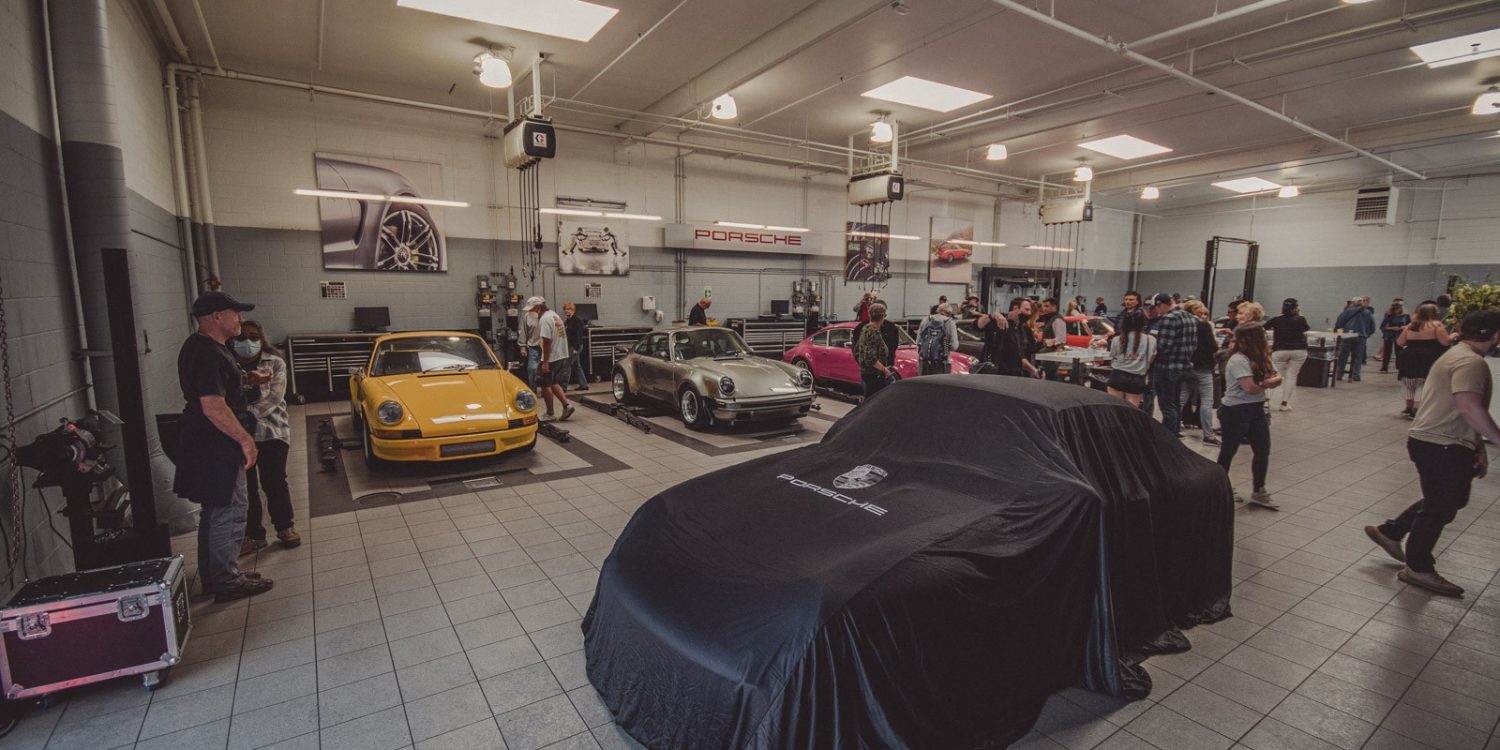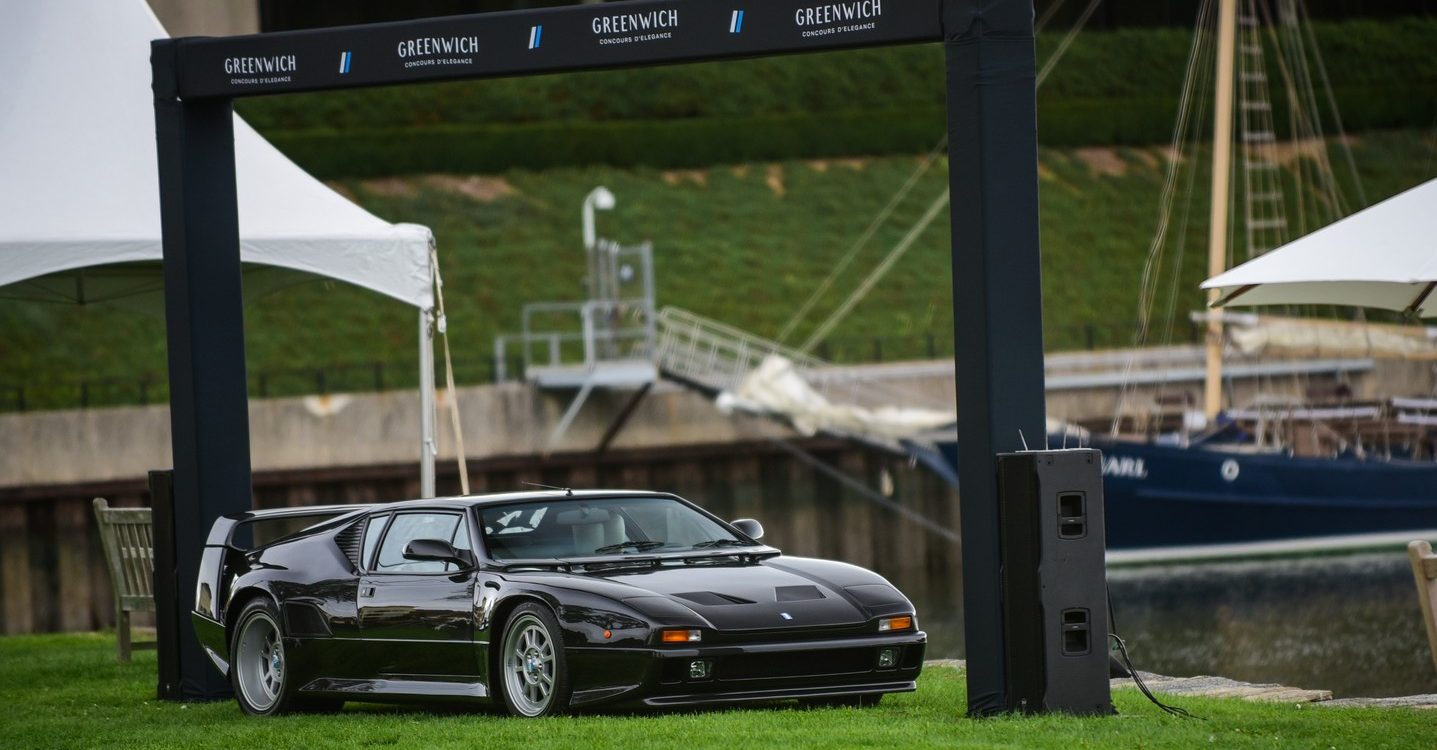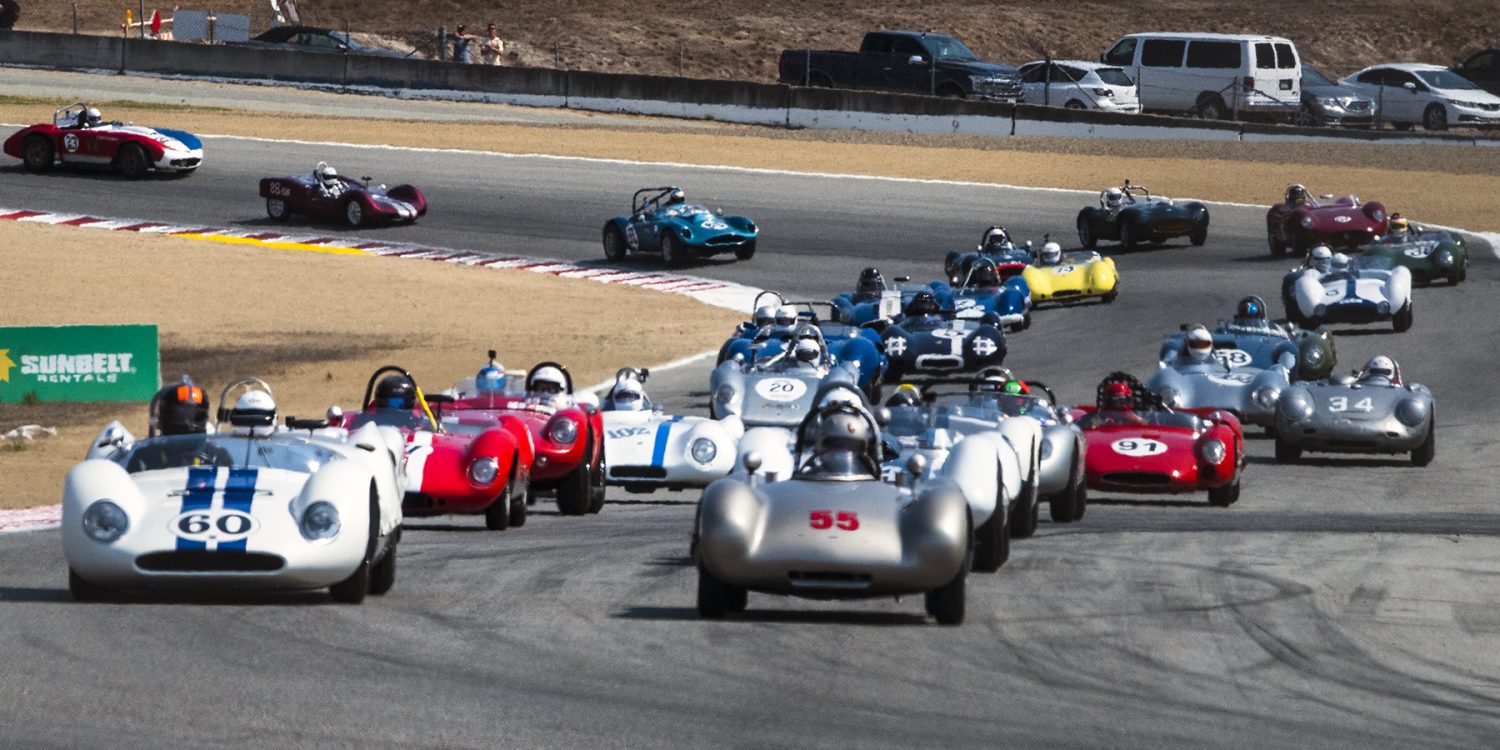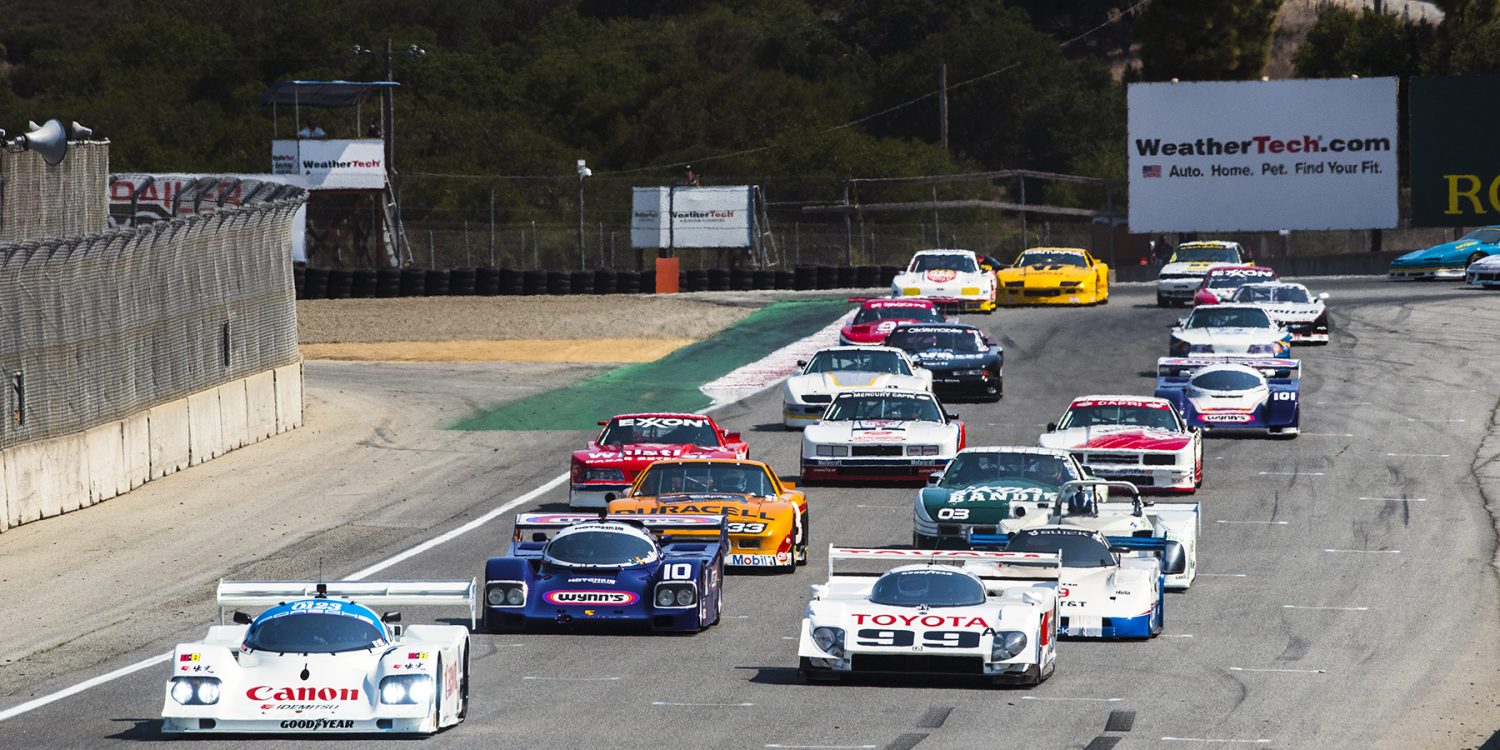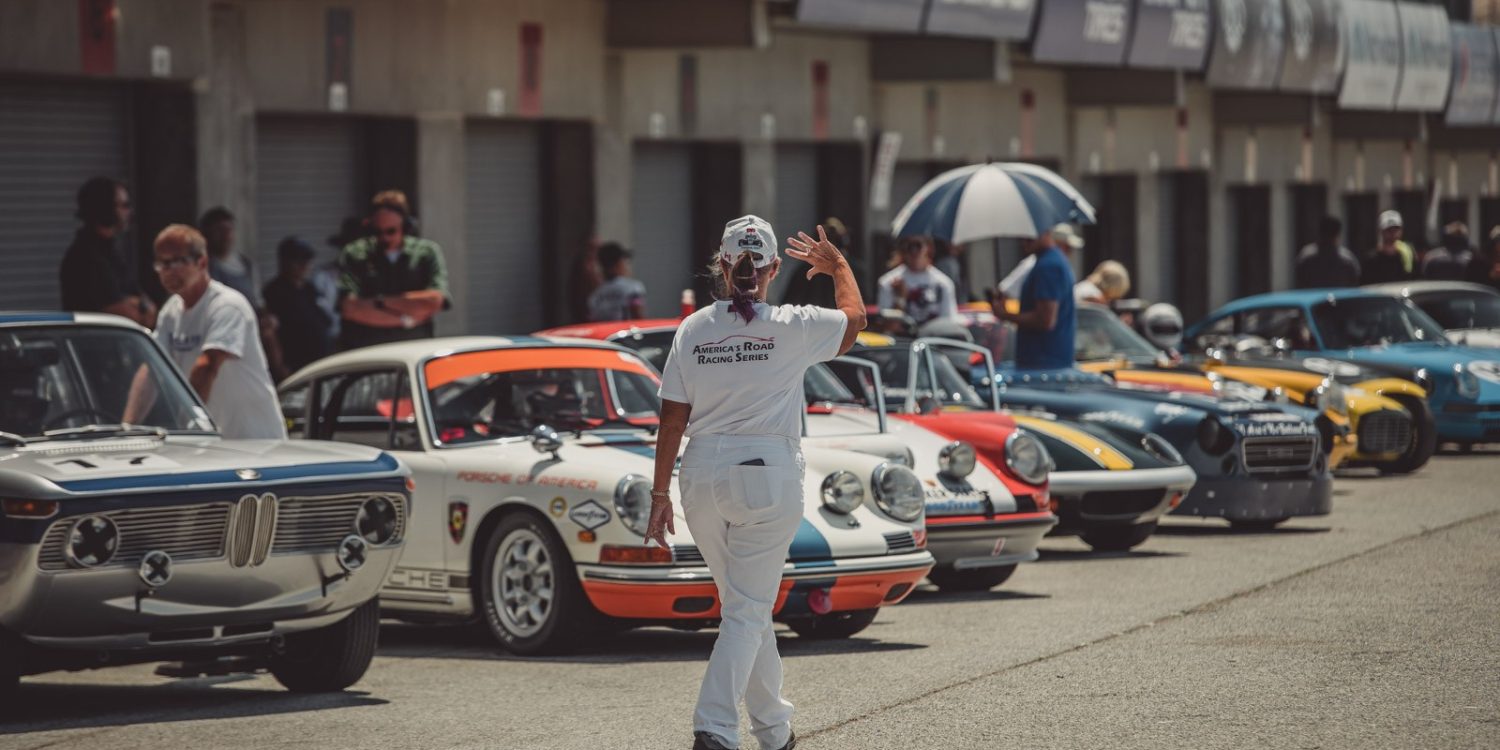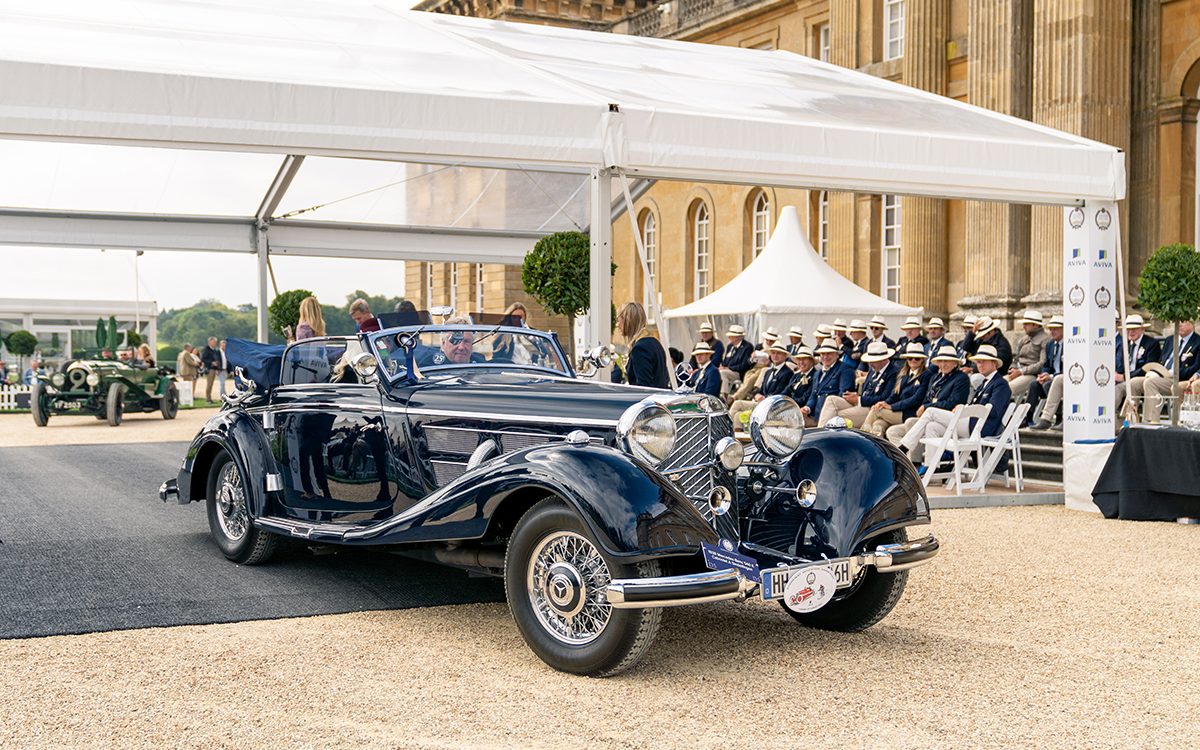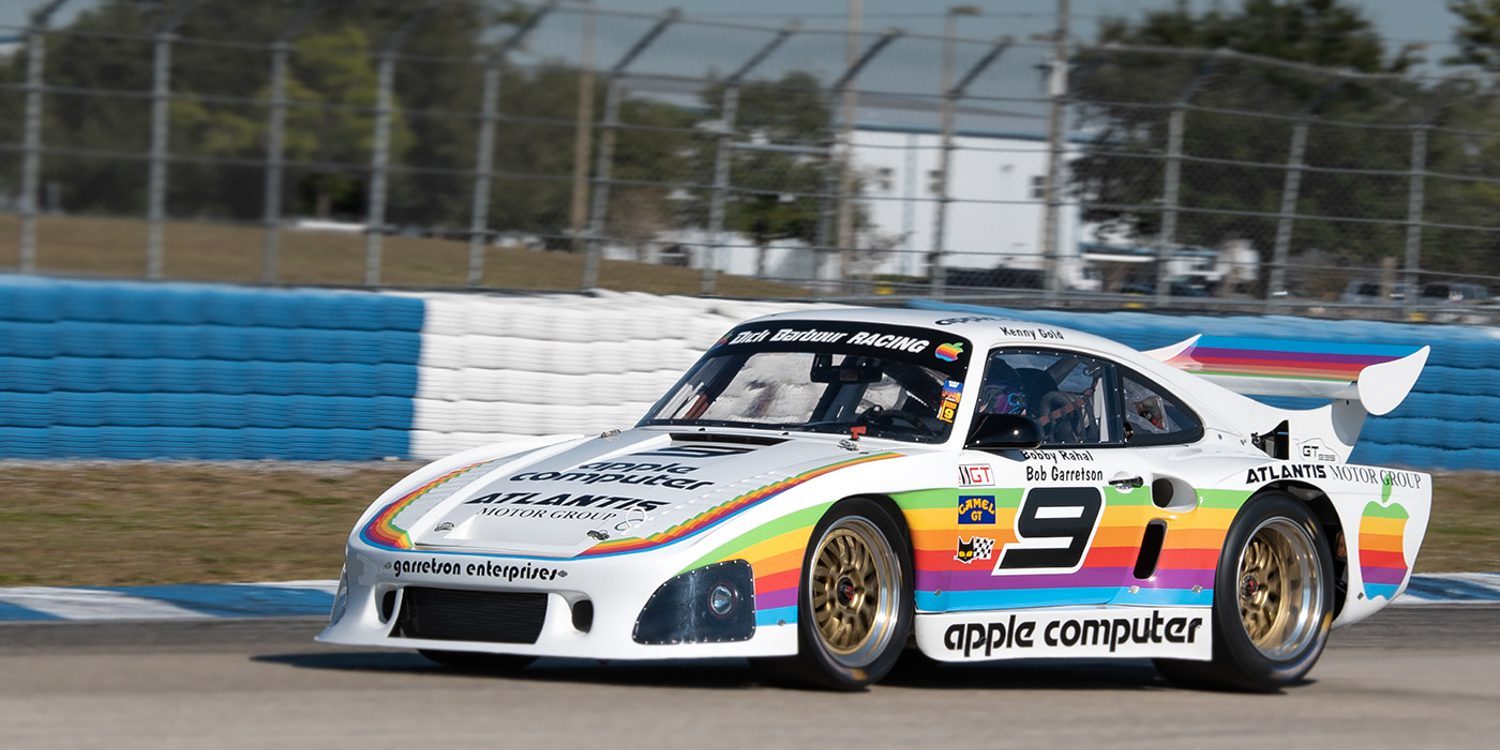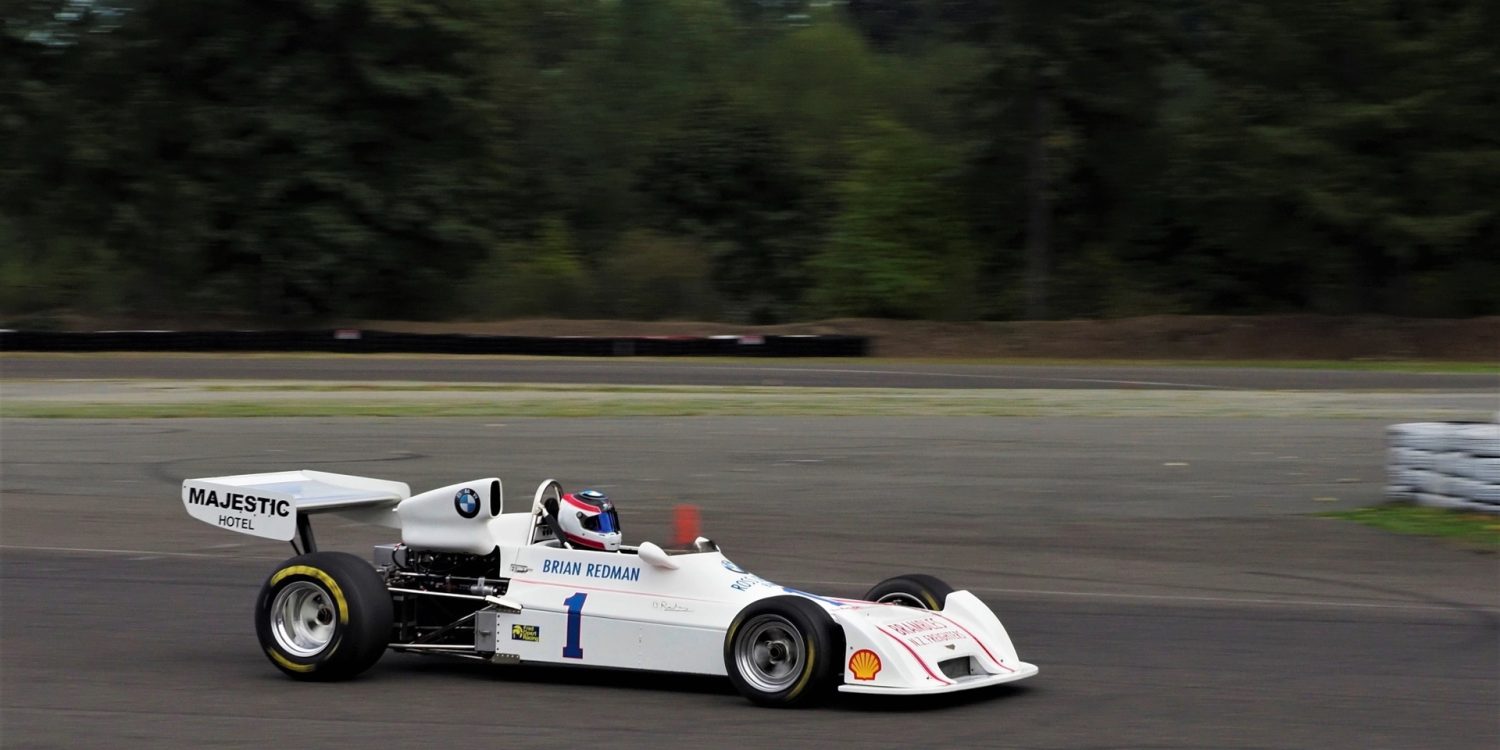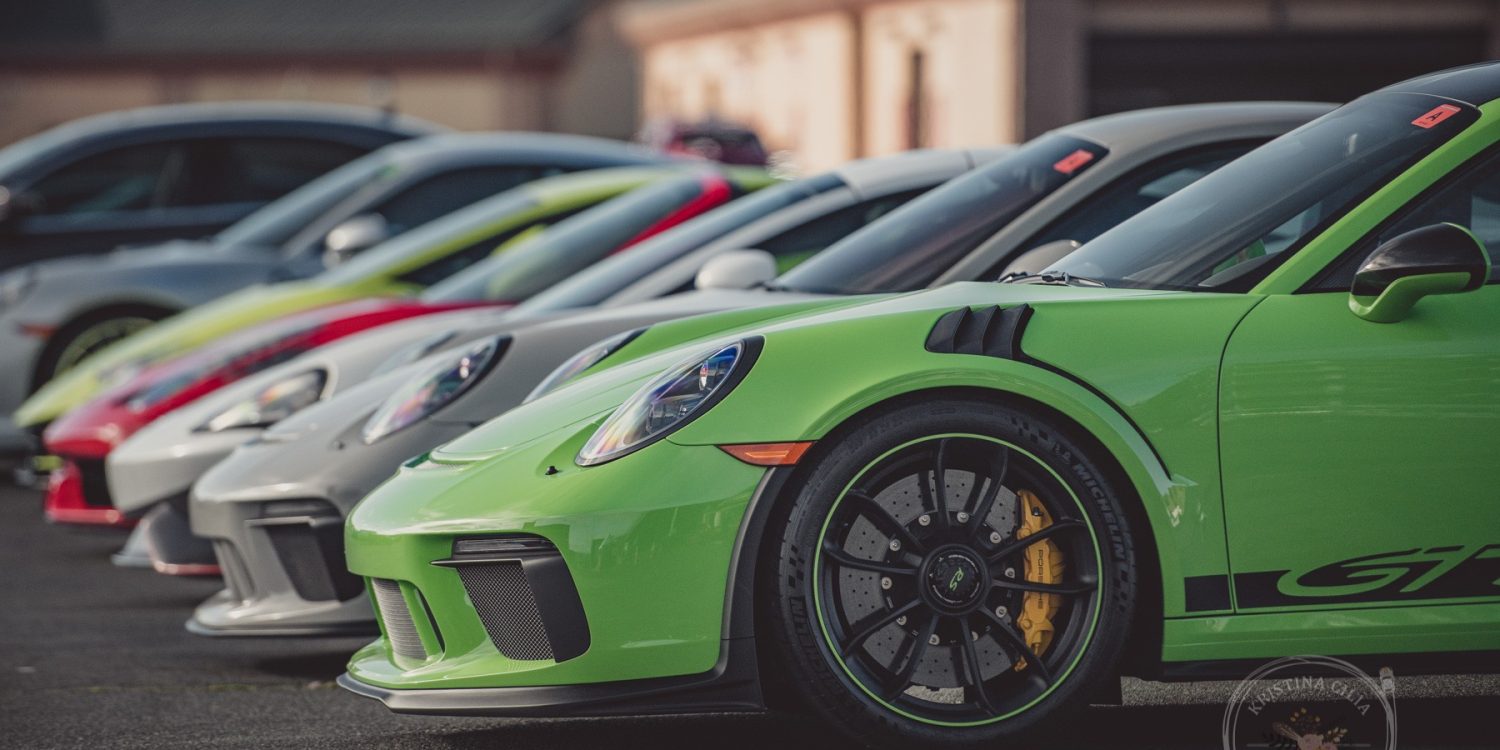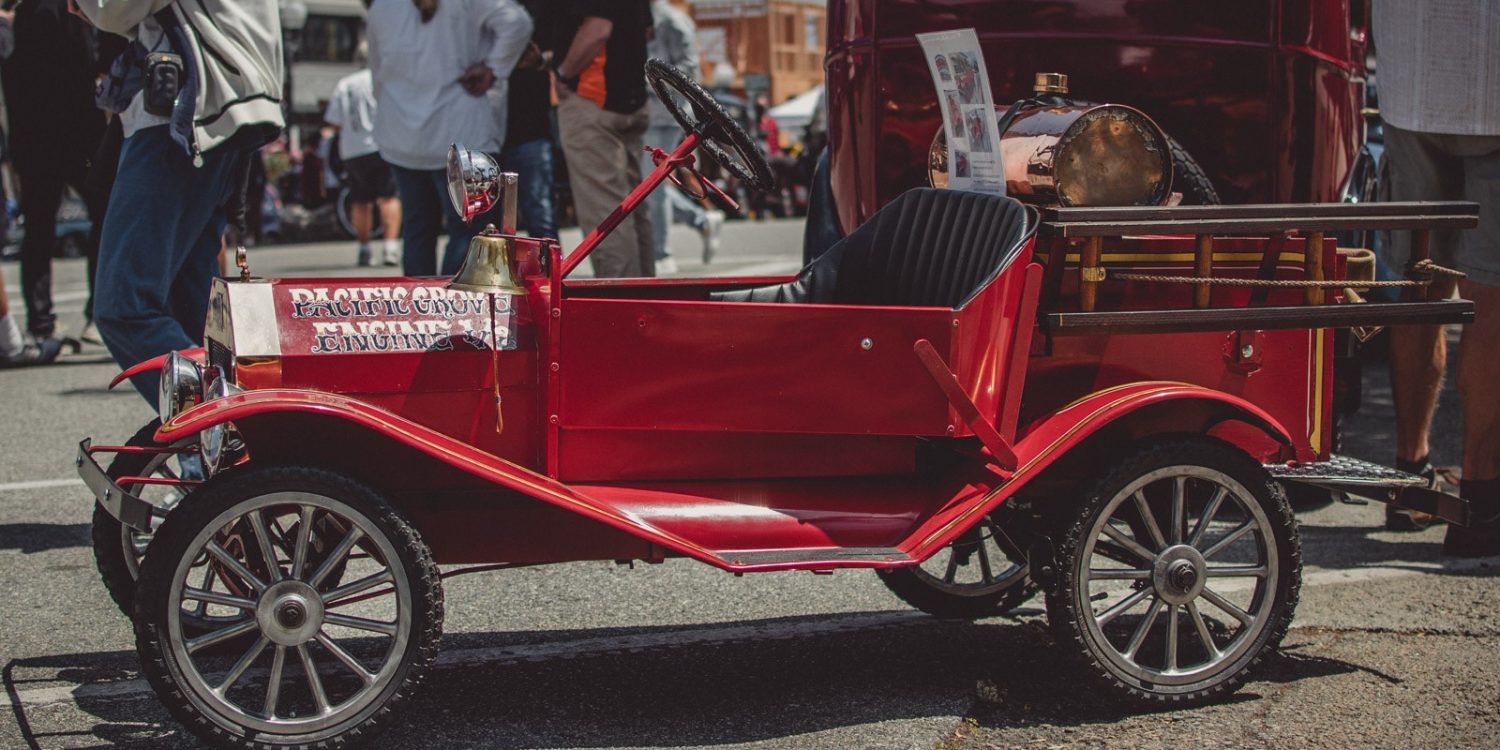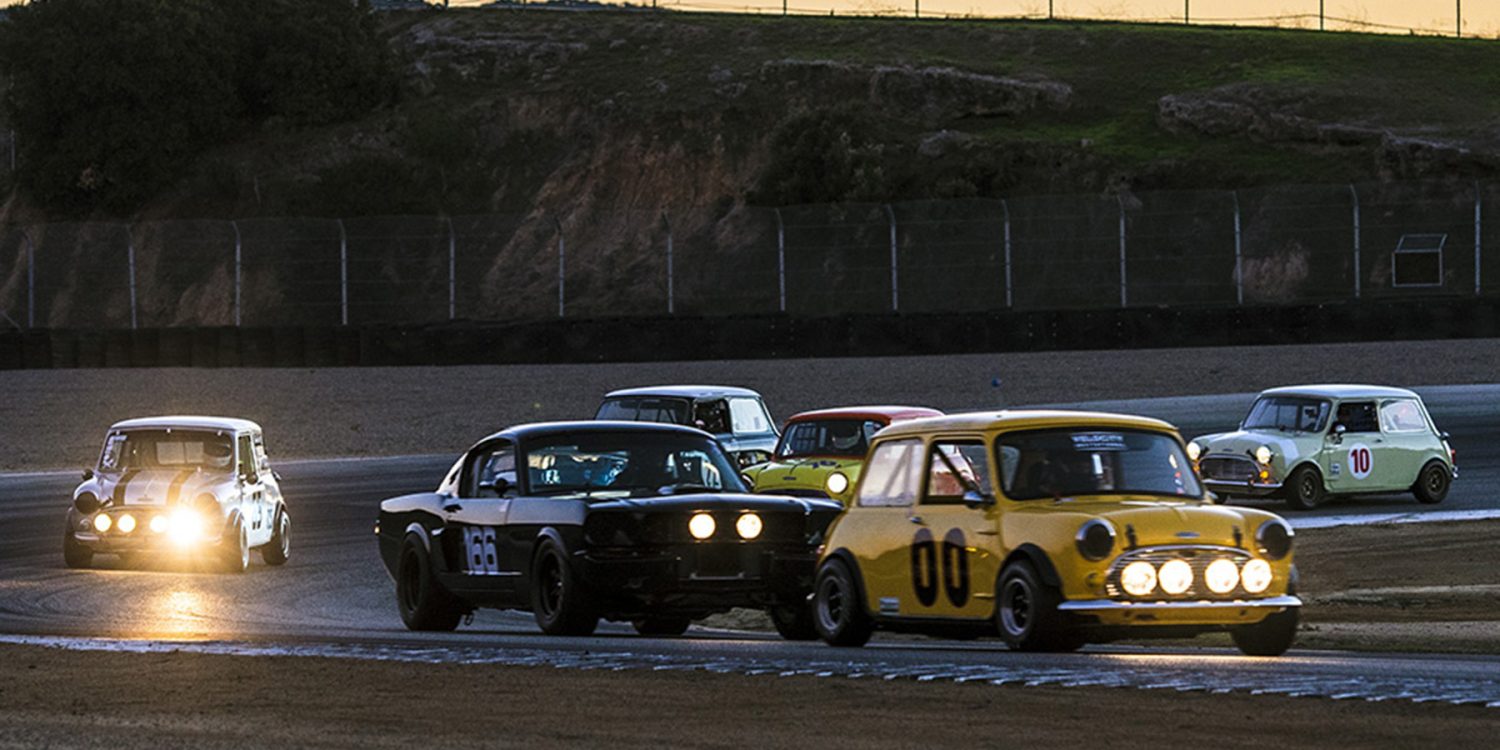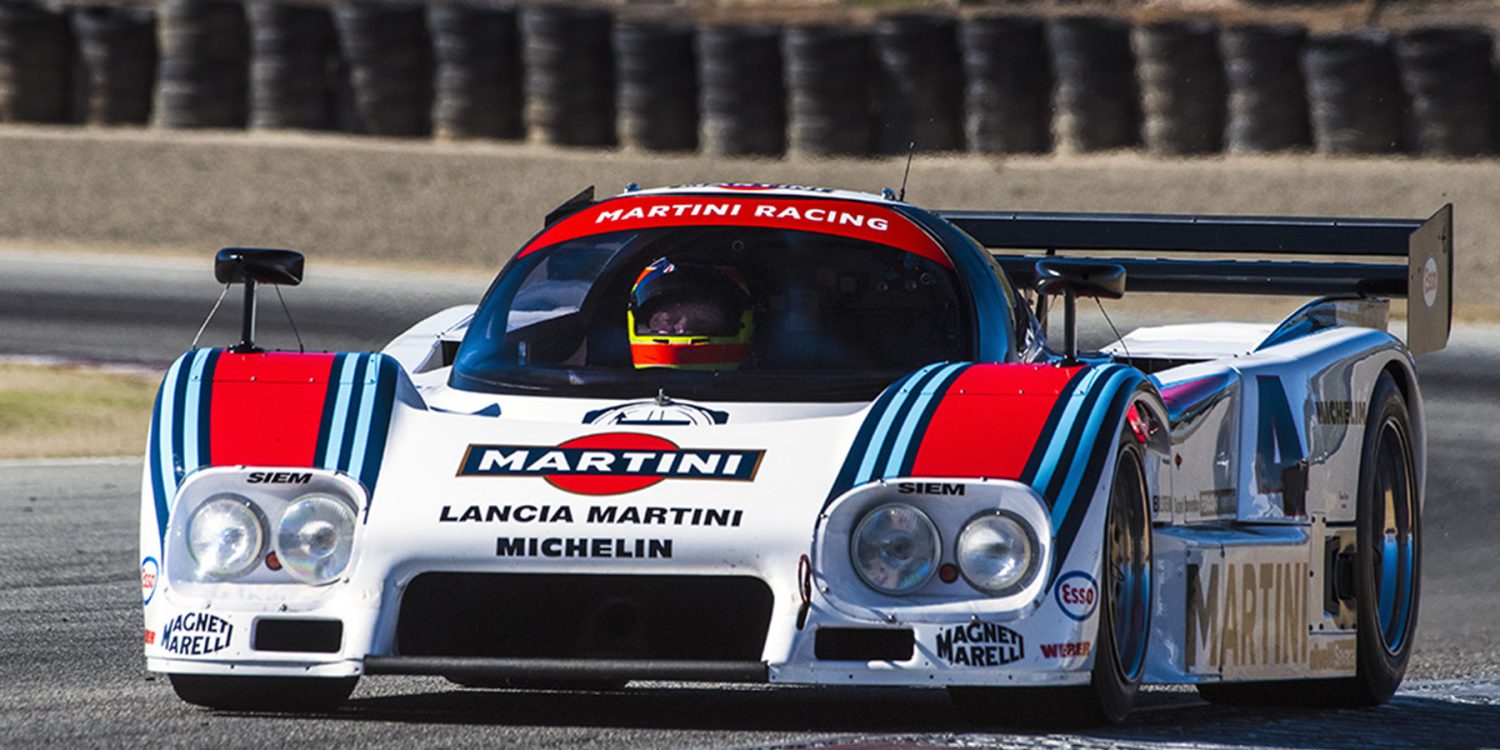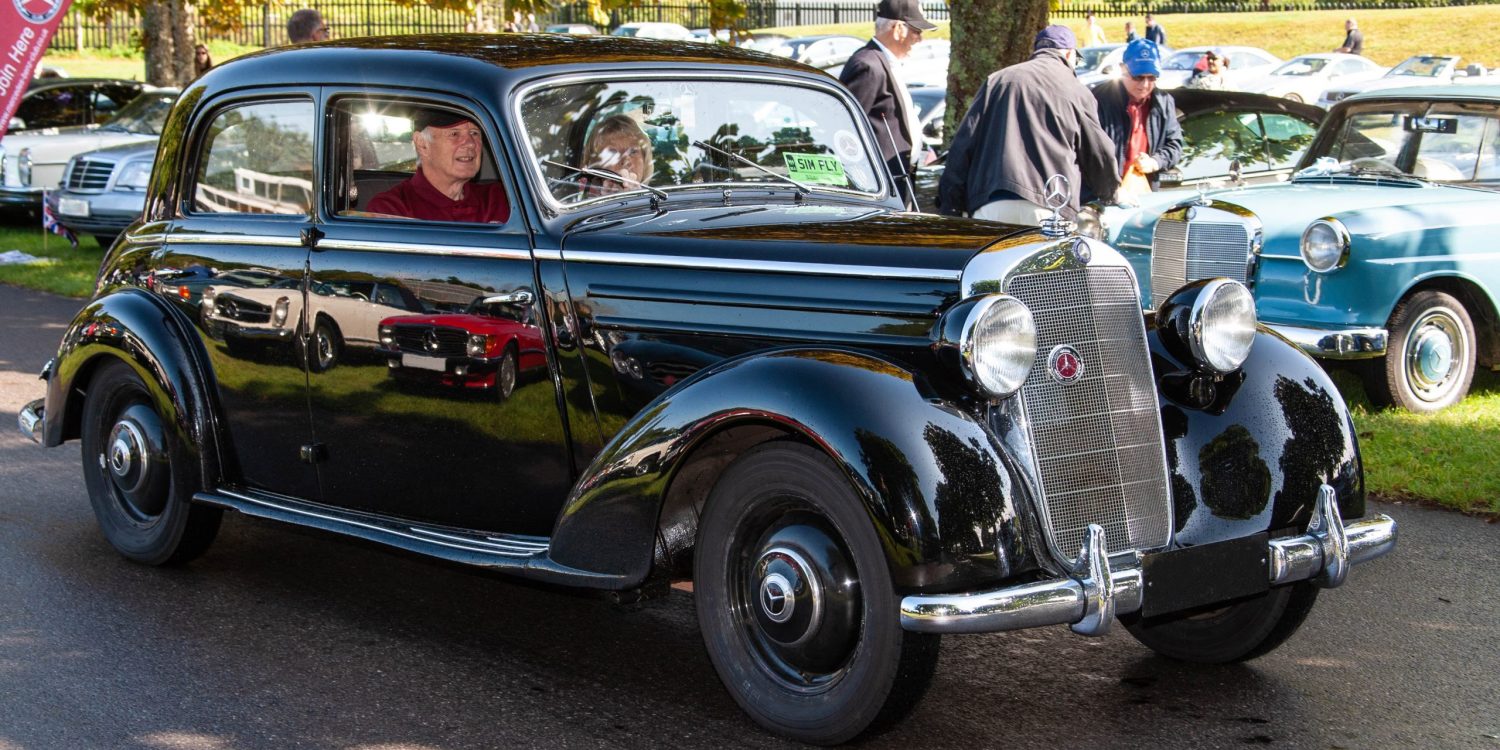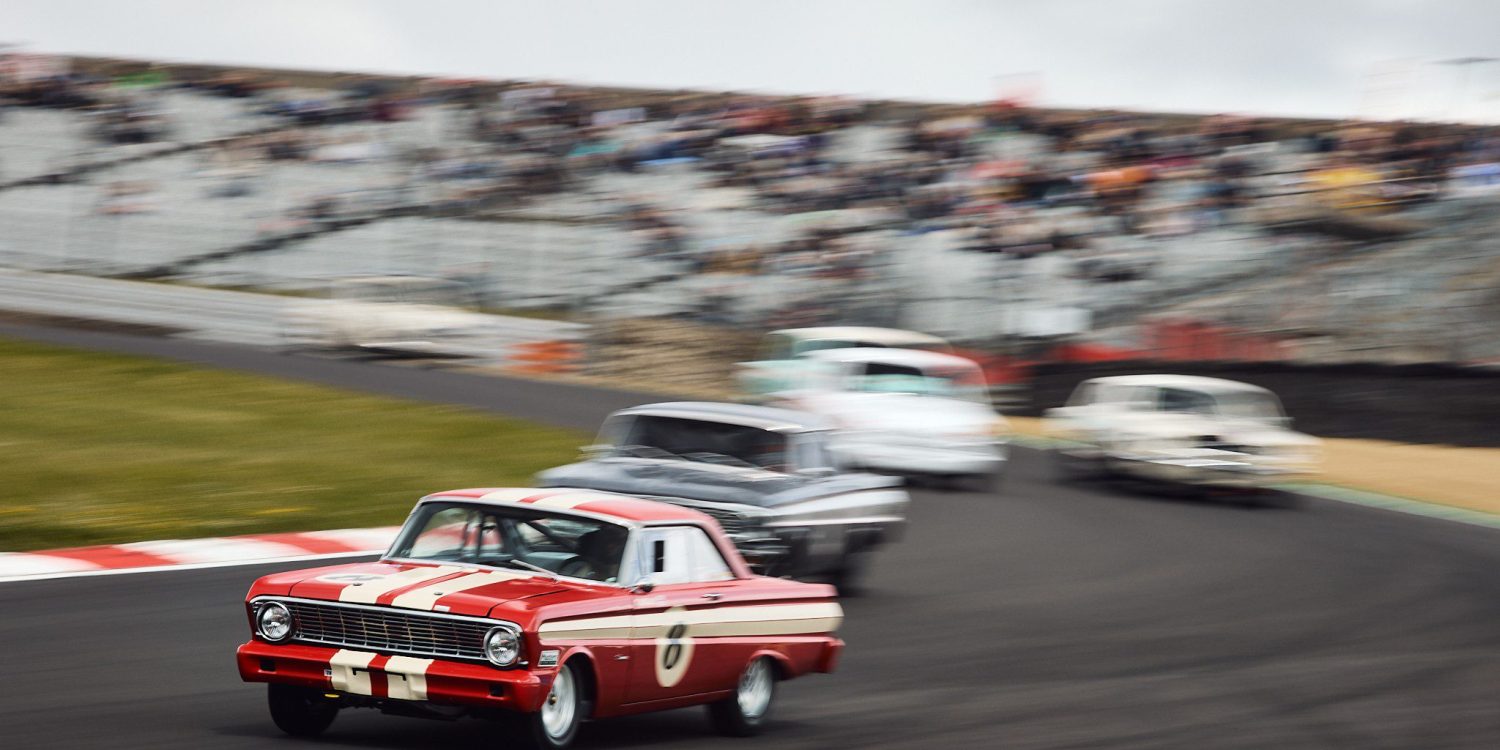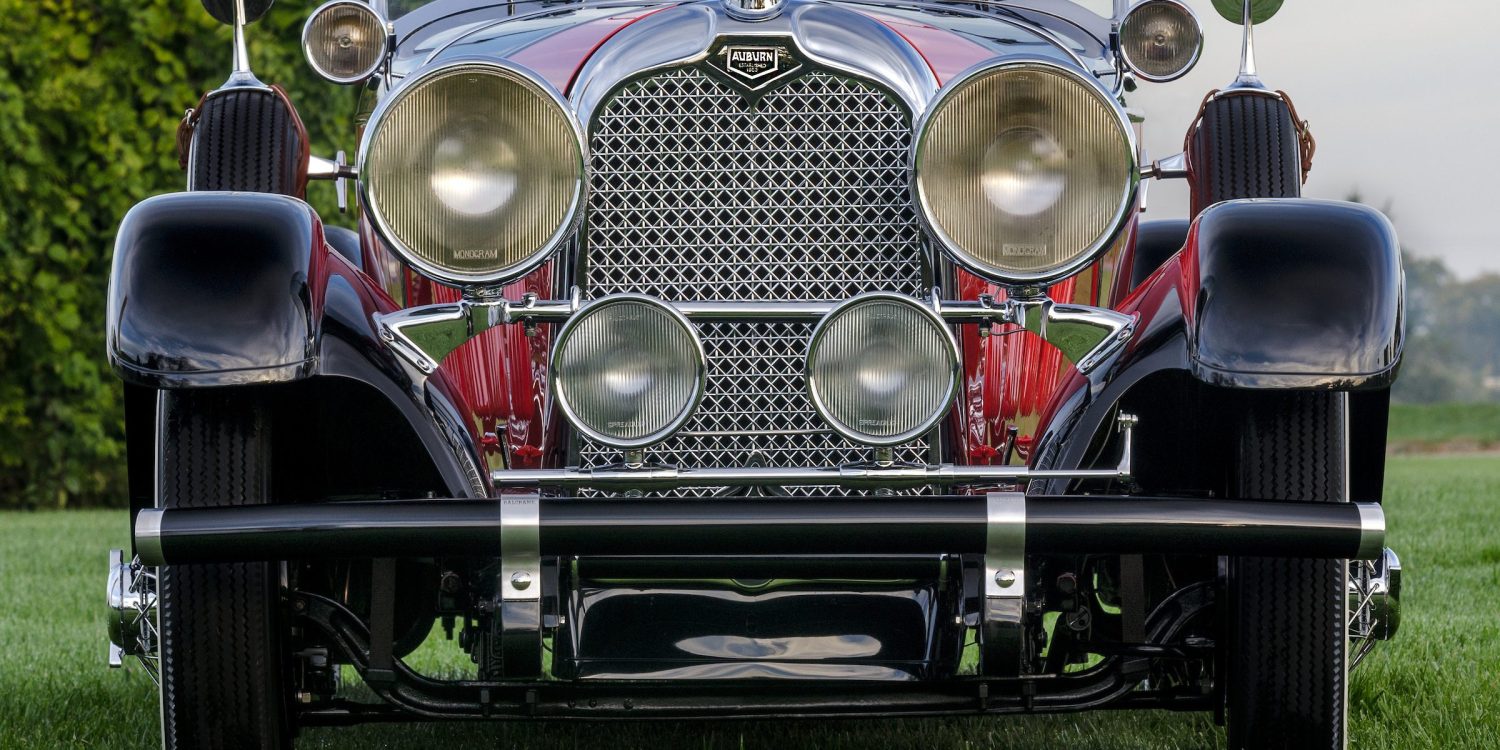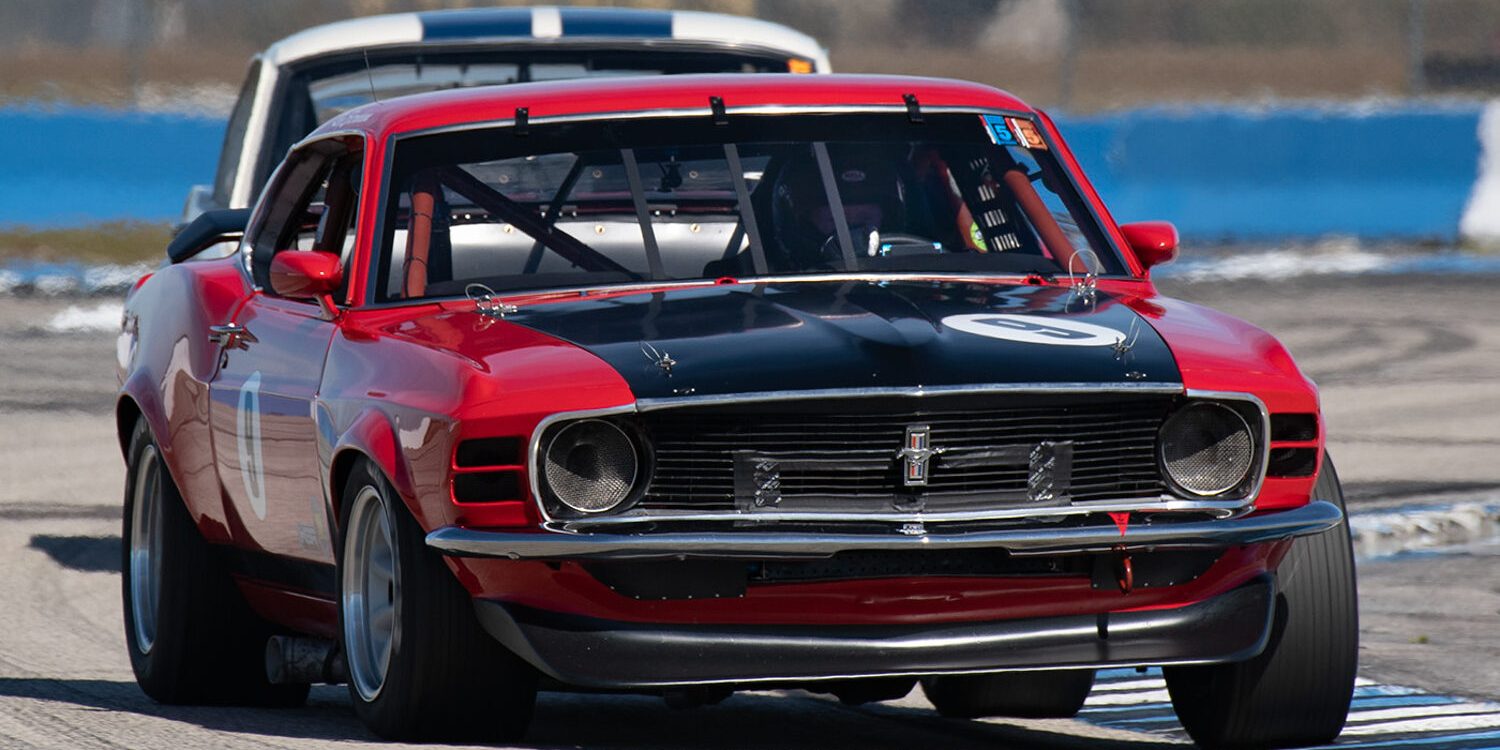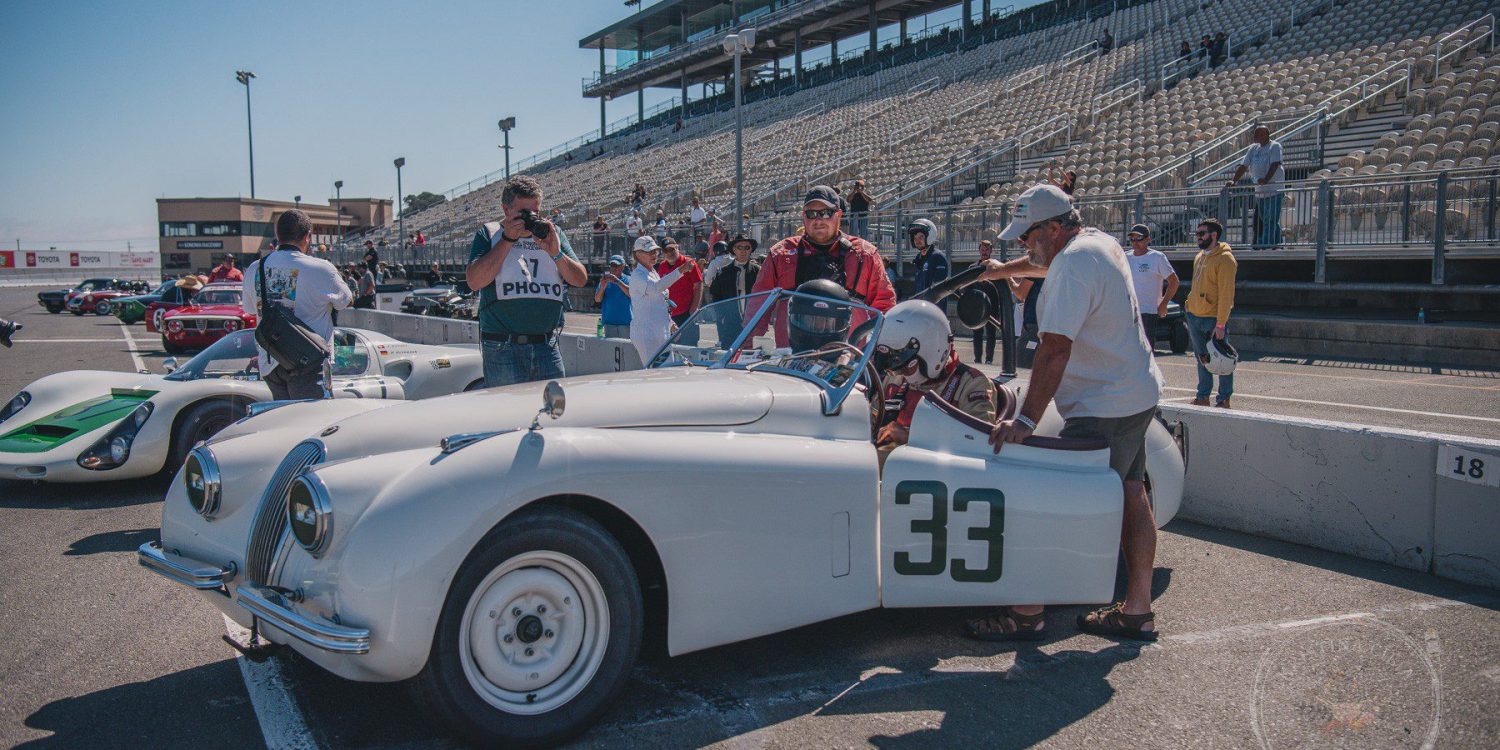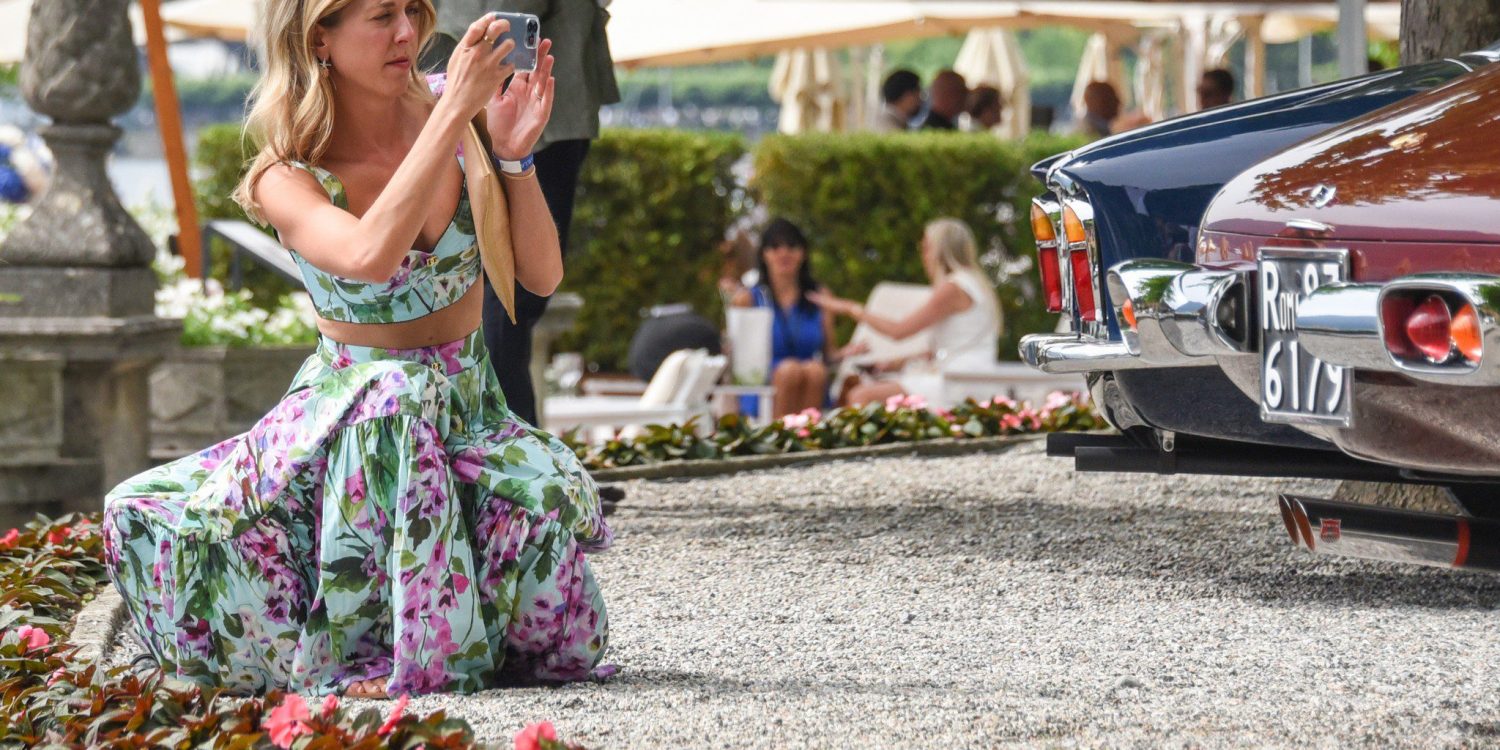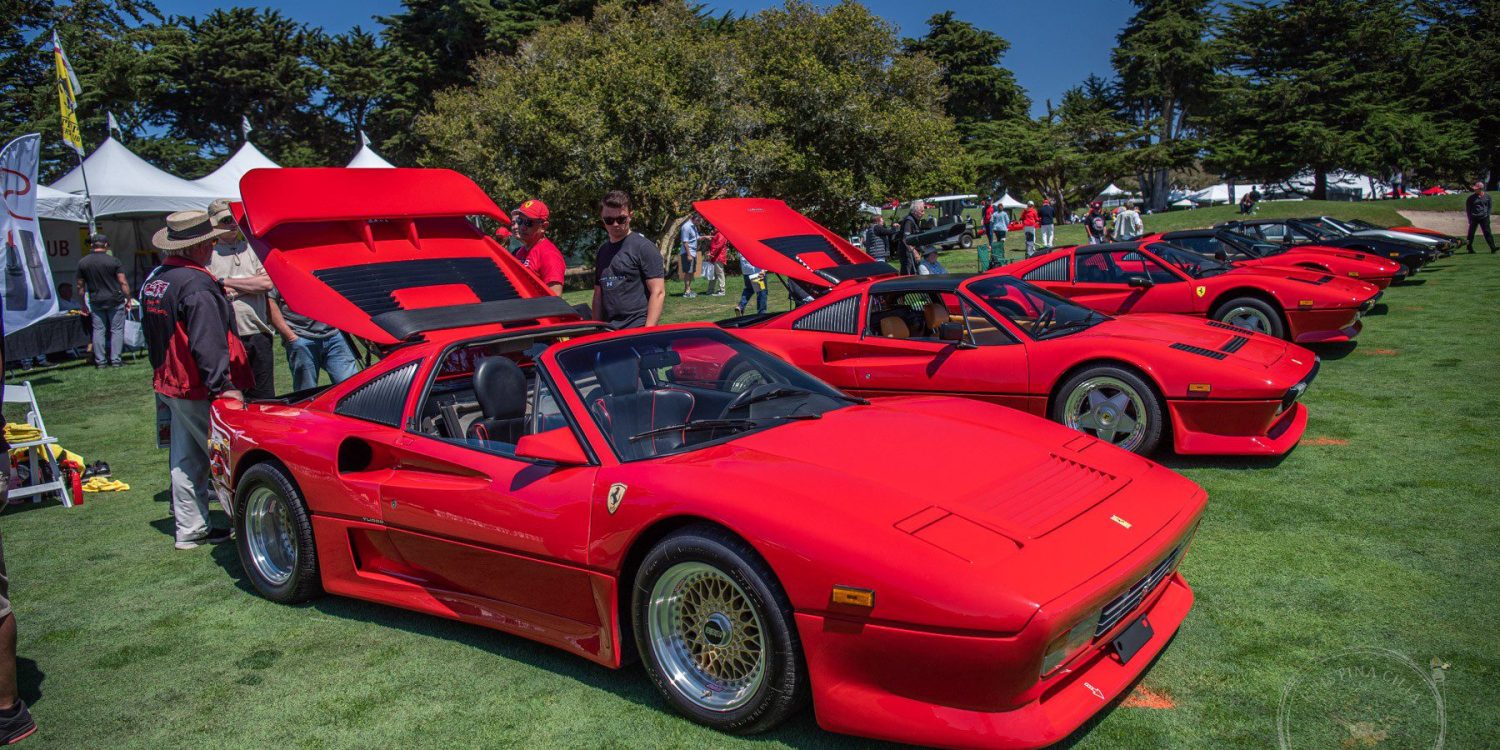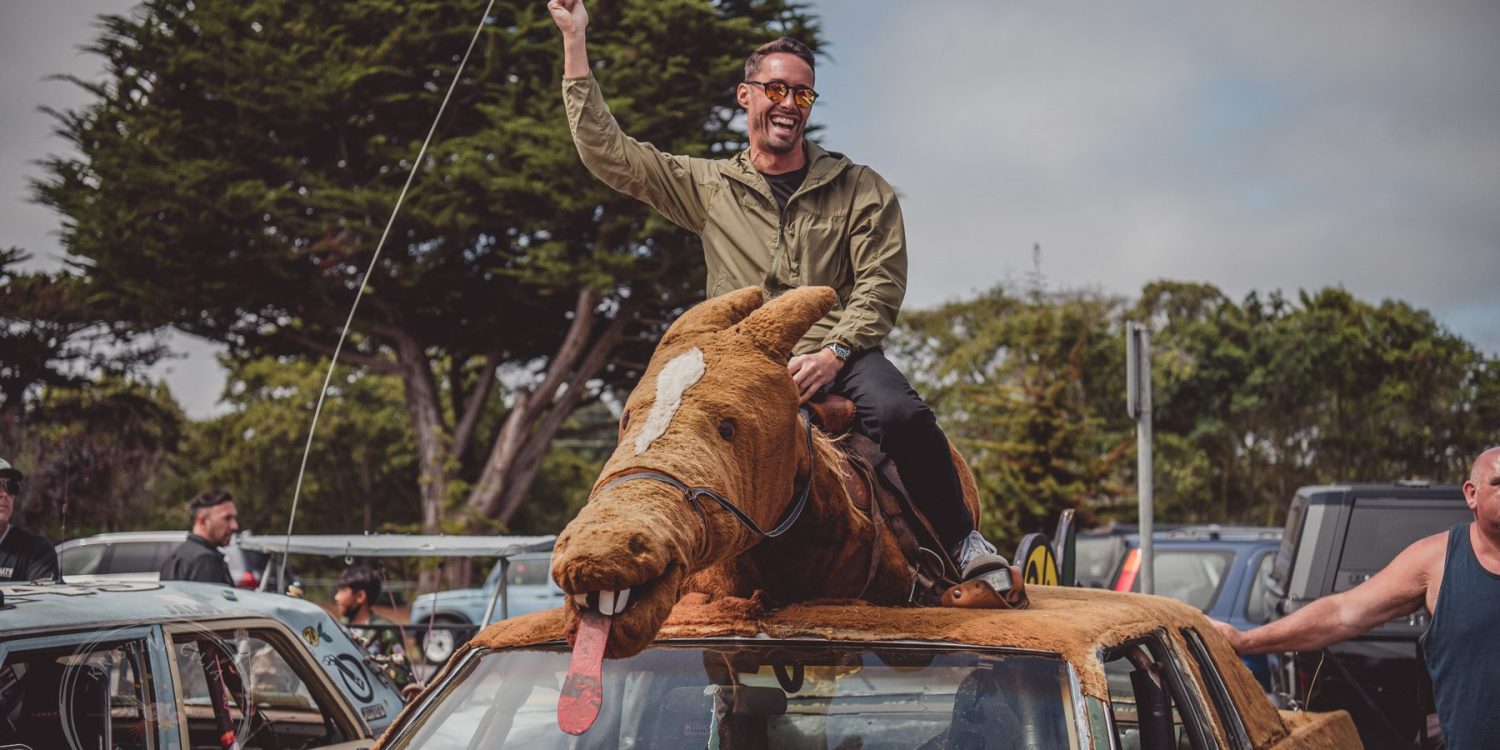All
- Abarth
- AC Cars
- Acura
- Alfa Romeo
- Allard
- Alpine
- Alvis
- AMG
- Amon
- Arnolt-Bristol
- ASA
- Aston Martin
- ATS
- Auburn
- Audi
- Austin
- Austin-Healey
- Auto Union
- Autodynamics
- Automobiles Darracq
- Automobili Pininfarina
- Baldwin
- Bentley
- Bizzarrini
- BMW
- Bond
- Brabham
- Bricklin
- BRM
- Bugatti
- Buick
- Cadillac
- Caterham
- Chaparral
- Cheetah
- Chevrolet
- Chevron
- Chrysler
- Cisitalia
- Citroën
- Cizeta
- Cooper
- Cord
- Costin-Lister
- Crosley
- Darracq
- Datsun
- De Tomaso
- Delage
- Delahaye
- Delorean
- DeSoto
- Diedt-Bell
- DKW
- Dodge
- Duesenberg
- Eagle
- Eagle-Weslake
- Eccentrica
- Eifelland
- ERA
- Everrati
- Ferrari
- Fiat
- Ford
- Frazer Nash
- General Motors
- Giannini
- GMC
- GN
- Gordini
- Gordon Murray Automotive
- Griffith
- Hansgen
- Harris-Costin
- Hennessey
- Hispano Suiza
- Holden
- Honda
- Horch
- HRG
- Hyundai
- Infiniti
- Iso
- Jaguar
- Javelin
- Jeep
- Jensen
- Jolus
- Jomar
- Jordan
- Jowett
- JWF
- Kamm Manufaktur
- Kieft
- Koenigsegg
- Kurtis
- LaBoa
- Lagonda
- Lamborghini
- Lancia
- LEC
- Lexus
- Leyland
- Leyton House
- Ligier
- Lincoln
- Lola
- Lolita
- Lotus
- Lycoming
- March
- Marcos
- Maserati
- Matra
- Mazda
- McLaren
- McMurtry Automotive
- Mercedes
- Mercer
- Mercury
- MG
- Miller
- Mini
- Mirage
- Mitsubishi
- Morgan
- Nilu27
- Nissan
- Noble
- NSU
- Old Yeller
- OM
- Oreca
- OSCA
- Packard
- Pagani
- Pegaso
- Peugeot
- Polestar
- Pontiac
- Porsche
- Praga
- Qvale
- Railton
- Ram
- Red Bull Racing
- Renault
- Republic
- Riley
- Rimac
- RML
- Rolls-Royce
- Rover
- Rueter
- RUF
- SAAB
- Sadler
- Sbarro
- Scirocco
- Scuderia Cameron Glickenhaus
- Shadow
- Shelby
- Siata
- SIMCA
- Skoda
- Spyker
- Studebaker
- Stutz
- Subaru
- Sulman
- Sunbeam
- Surtees
- Talbot
- Talbot Lago
- Talbot-Lago
- Tecno
- Tesla
- Tojeiro-Buick
- Toleman
- Townsend
- Toyota
- Trimax
- Triumph
- TWR
- Tyrell
- Tyrrell
- Vanwall
- Vauxhall
- Vector
- Venturi
- Voisin
- Volkswagen
- Volvo
- Williams
- Wolsit
- YANGWANG
- Yenko
- Zagato
- Zenvo
- Zephyr



